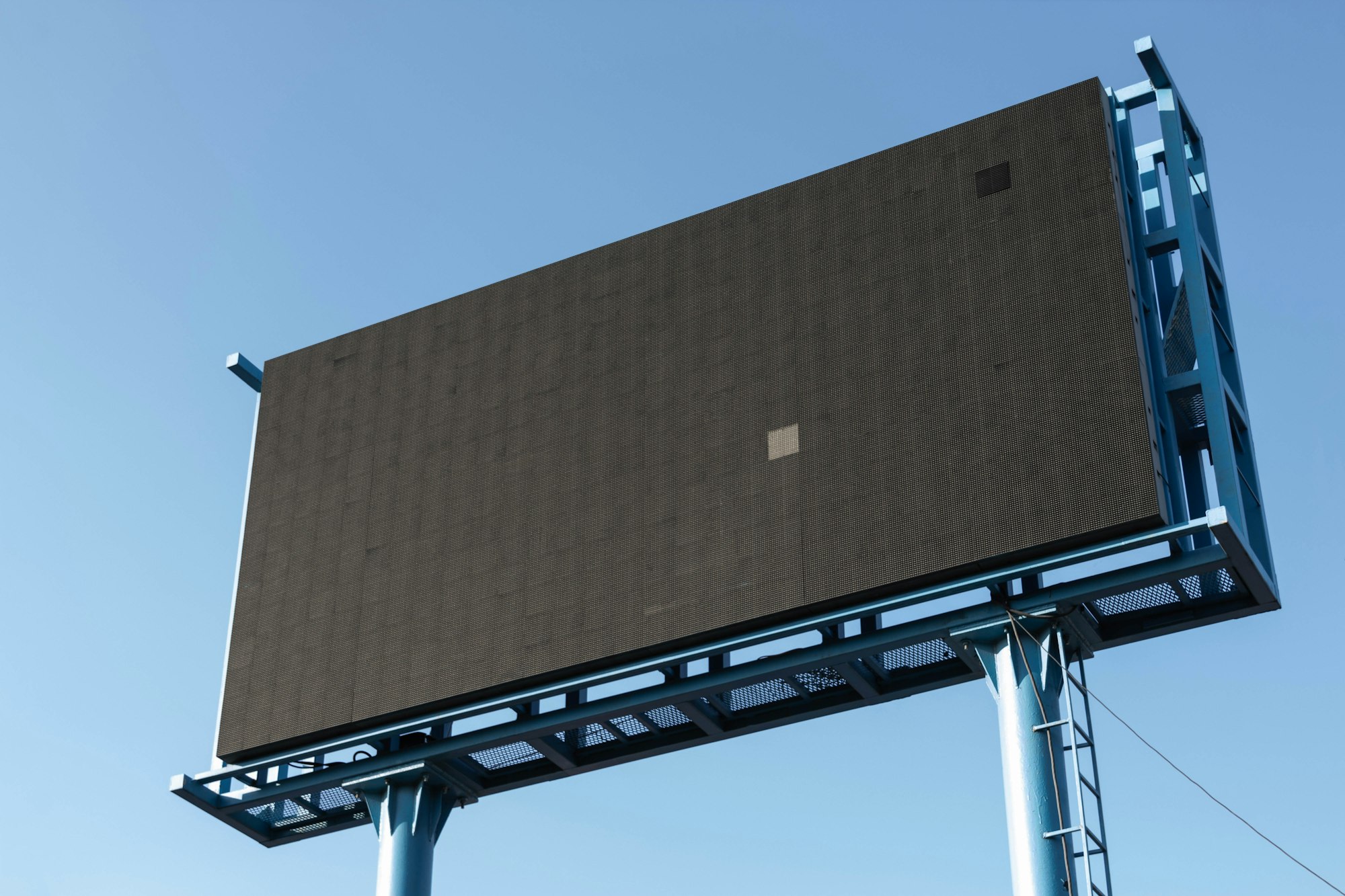Digital Out-of-Home (DOOH) advertising
If you're unfamiliar with the term "digital out-of-home (DOOH)" advertising, it's basically just another way of saying digital signage.

What's DOOH?
If you're unfamiliar with the term "digital out-of-home (DOOH)" advertising, it's basically just another way of saying digital signage. Digital signage refers to any form of electronic display used for advertising purposes and is often found in public spaces like airports, malls, and trains. The most common types of DOOH include:
- Digital billboards
- LED signs
- Video walls
The future of DOOH advertising: what we can expect
As a marketer or business owner, you're probably already aware of the many benefits of DOOH advertising. It's targeted, it allows you to reach specific audiences and gauge their engagement in real-time, and it can be adapted to fit your brand message.
But as digital technology improves and marketers demand more from their advertising options, DOOH is growing too. Here are some things we can expect for the future of DOOH:
- Location-based advertising: Instead of simply being shown an ad wherever you see a screen in public—on billboards or on subway platforms—location-based ads will become even more specific by targeting people who are near certain stores or restaurants at any given time, based on how they're using their phones (for example if they're walking past a coffee shop). This way brands can communicate with customers one step closer to when they might want or need them most.
- More personalization: Now that we have access to so much data about consumers' habits online, including how long they spend reading certain articles and watching certain videos on social media sites like Facebook or YouTube during which time which device is connected with theirs through Bluetooth signals transmitted from nearby electronics devices - advertisers need only look at these insights when planning out what kind of content should appear where within DOOH networks so as not miss an opportunity for interaction between consumer groups that may share common interests but not necessarily know each other yet because both types live far away geographically (i
How to get started with your own DOOH campaigns
Before you start your campaign, there are a few main steps to consider:
- Make your content. Generate ideas for digital signage content from within your organization and from outside sources. If you’re not sure where to start, we recommend creating a wish list of topics that would be relevant to your business or industry. This can be anything from the latest news headlines (think weather or sports) to videos that promote products or services in an engaging way. You don’t have to come up with everything yourself—an experienced colleague might be able to help brainstorm some ideas if he or she has experience writing ads or scripts for television or radio commercials (or other types of advertising).
- Create your campaign. Once you have some relevant advertisements ready, think about which locations would work best for displaying them and how long they should run at each location (e.g., per day). Then set up specific dates when each piece of content will appear onscreen so people know when they can expect it! It's especially important not only because this will give them time but also because it will help ensure consistency across all platforms--otherwise it could look like one type is better than another due just by chance instead of actual performance metrics...
How to target audiences with a managed service
- Audience
A managed service will determine the audience for your campaign. This can be done through a variety of means, such as first-party data (information you already have about your customers), second-party data (information about what other companies know about their customers) or third-party data (information from a third party that may not be accurate). Once you've identified the most relevant targets, it's time to find them.
- Location
The next step is finding the right locations for you to reach those audiences. Your managed service will work with ad exchanges and networks on behalf of your brand to negotiate deals with digital out-of-home providers across global markets at scale and take care of all logistics involved in getting campaigns up and running quickly.
